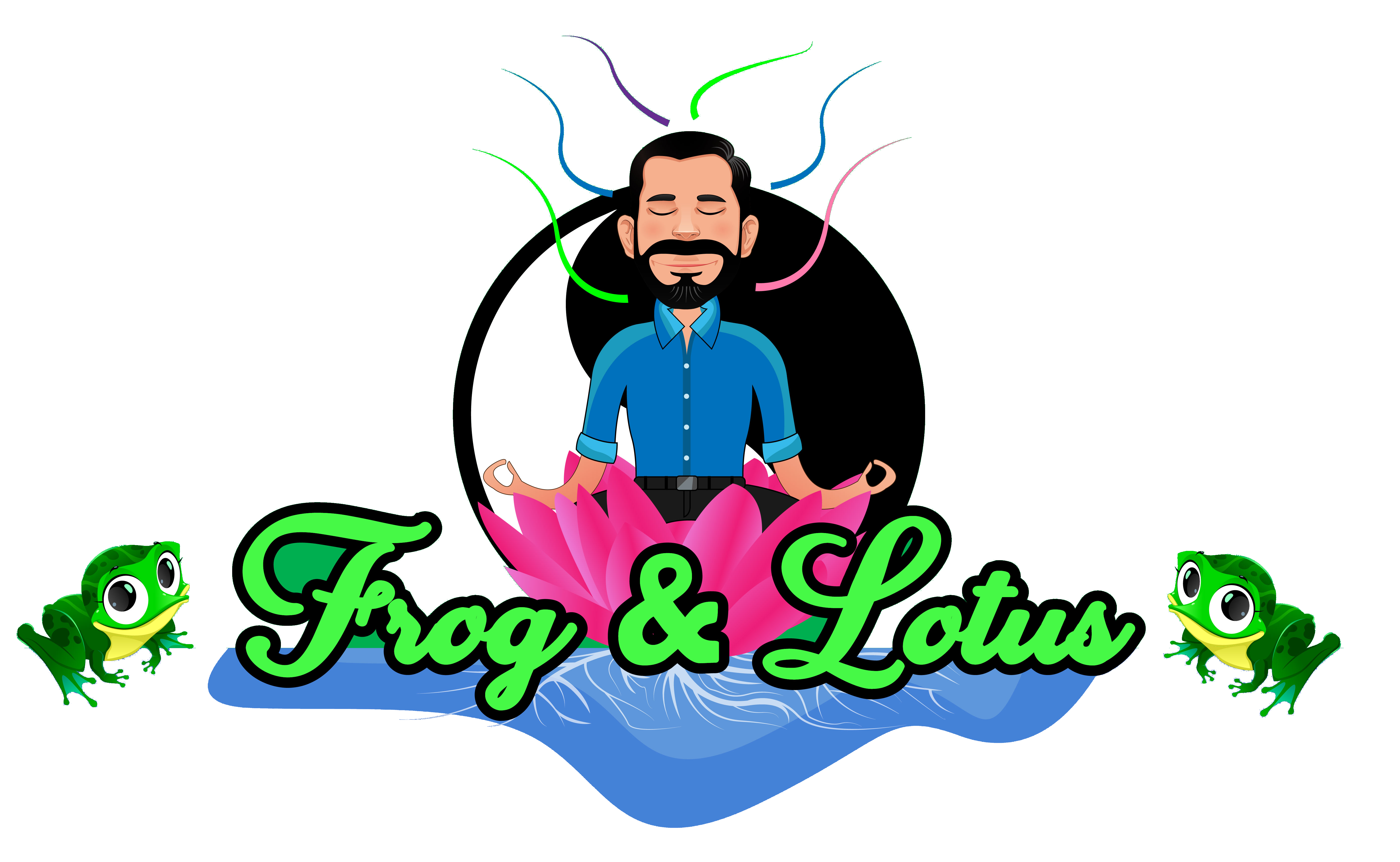Yoga has woven itself into our modern western culture. It has become a perfectly normal experience to witness both men and women walking across a parking lot with yoga mats in hand as they head into a studio. Especially in the U.S., Yoga wasn’t always perceived by the general public as a normal or accepted form of fitness or wellness practice. In fact, if you were a regular yoga practitioner where I grew up forty years or so ago, you may have received strange looks as someone that is “out there.” Yoga, like so many things has taken time to gain in popularity. Considering that its origins are thousands of years old, I’d say that’s a long time to gain acceptance by the western masses.
If you’ve taken a Yoga class, chances are you’ve been asked to chant “OM” as part of the experience. I’m guessing that most people just accept that this is a part of the tradition and don’t necessarily question its meaning. I can include myself in that category. But recently, I’ve been reading The Upanishads, a translation by Juan Mascaro and was delighted to read an ancient description of OM worth sharing.
The Upanishads are a Hindu spiritual text originally written in Sanskrit thousands of years ago. The Mandukya Upanishad begins with:
“OM. This eternal Word is all: what was, what is and what shall be, and what beyond is in eternity. All is OM.”
Mascaro’s translation goes on to explain that the sound is actually three combined to make one. The three sounds A, U, and M represent three stages of human consciousness.
A or “ah” is the state of waking consciousness. U or “uh” is the state of dreaming consciousness. M or “mm” is sleeping consciousness. These three sounds said together make OM (ah-uh-mm) that, “as one sound is the fourth state of supreme consciousness,” according to this Upanishad.
In short, OM is oneness. The next time you take a Yoga class and the instructor finishes with a relaxed OM chant, remember that you are experiencing the oneness of all things.
Photo by Dylan Gillis on Unsplash


